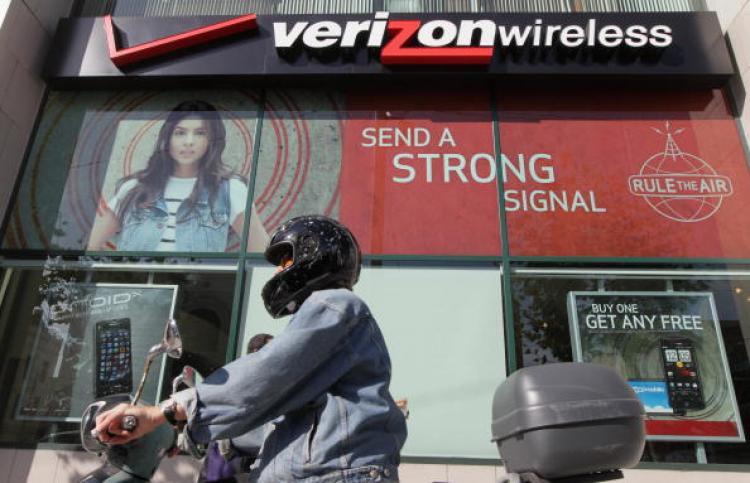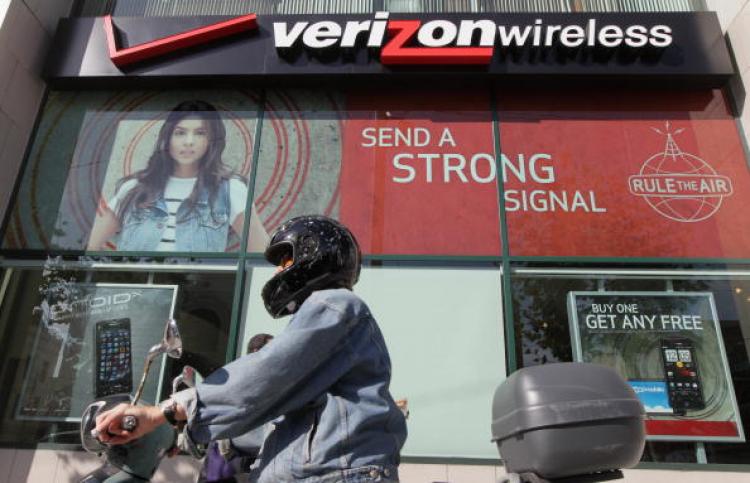Verizon Wireless introduced 4G service to its customers on Dec. 3., a big step for the wireless giant. And Verizon is claiming to bring some of the fastest 4G speeds around.
If one goes to Sprint’s 4G page, the page title read, “First and Only Wireless 4G from a national carrier.” That claim is no longer valid, as Verizon, a national wireless carrier, is now their biggest competition in that respect.
Verizon’s website says its 4G speeds range from 5-12 megabits per second. The sprint website states their 4G ranges from 3-6 megabits per second, with peaks over 10 megabits per second.
Aside from faster speeds, Verizon is offering some competitive plans. The Verizon website shows 4GB USB modem plans going for both $50 and $80. The $50 plan has a 5GB cap, meaning that after 5GB worth of data transfers, one has to pay extra. They charge $10 for every extra gigabyte transferred. The $80.00 plan has a 10GB cap.
On the other hand, Sprint has what it calls a “4G/3G Mobile Broadband Connection Plan”, a plan that utilizes 4G where available and rolls back to 3G when outside of the 4G network. So on this plan, one never loses connectivity, and only has reduced speeds in certain areas. The 4G/3G plan is $59.99/month, with unlimited data for 4G and a 5GB cap in 3G. This is the standard plan Sprint has been offering for years to its mobile broadband customers, only under a newer name.
The new Sprint mobile plan is called the “4G Mobile Broadband Connection Plan”. This plan is only $49.99, with unlimited data transfers. This plan only works with 4G technology, and will not work everywhere.
The major difference between the two server providers is the data cap on transfers. To the average Internet user, these caps will not matter. But if you frequently watch full length movies, or are a regular player of online video games, you may reach this “cap”, or limit. Other data transfer heavy tasks might include file sharing, streaming music, or uploading many high resolution pictures.
One other point to compare between these two is coverage. Both Sprint and Verizon’s websites have tools to let one view where in the US they offer 4G coverage. With years to build their network, Sprint naturally takes the lead in 4G as well as with 3G coverage.
One contender in the 4G world who has been offering 4G even prior to Verizon is Clear. Clear uses both 3G and 4G technology to offer a particular version of 4G called WiMax, which is one of its selling points.
Just for clarity purposes, Verizon’s 4G uses a different technology, LTE, while Clear and Sprint both use WiMax. Clear has used the term WiMax as part of its original marketing strategy.
Some of Clear’s plans have data caps as well, but their plans are by far some of the most affordable. Their home page tells visitors right away they offer plans “starting at $25 per month.” This plan gives the customer a speed of 6 megabits with a 5GB transfer cap, which is half the price of the other two. Clear also has offers an unlimited plan, as well as bundled VoIP features, the latter something different from the other two providers.
So the game is on. 4G is now a competitor’s market, and will become more so in 2011 when AT&T and other wireless carriers launch their networks.
Verizon Enters the 4G Market
Verizon is claiming to bring some of the fastest 4G speeds around.

Verizon Wireless introduced 4g service to its customers on Dec. 3. Justin Sullivan/Getty Images
|Updated:





